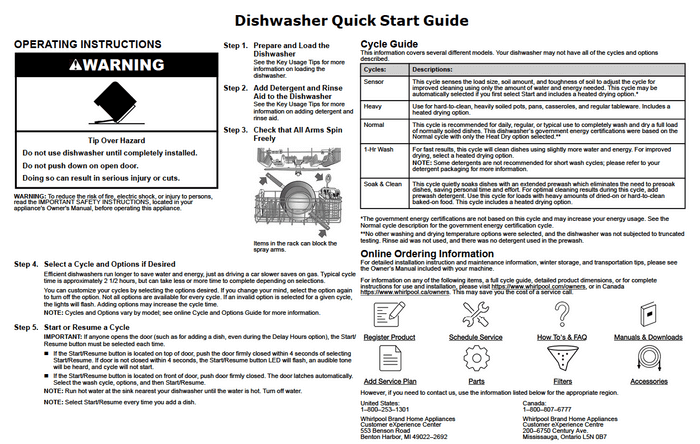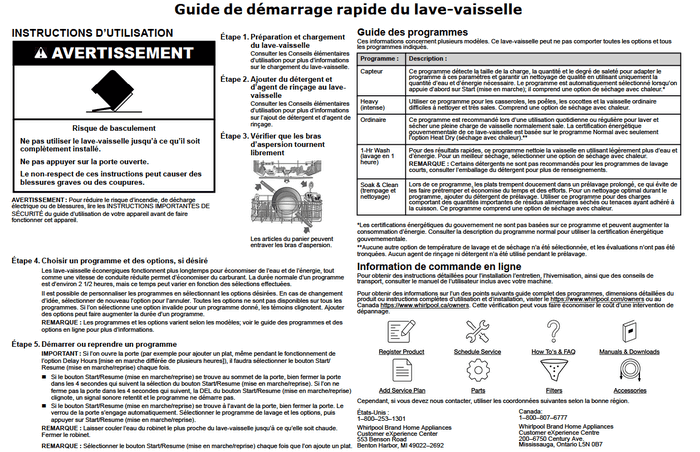Quick Start Guide: What Is It and How to Write a QSG?
 Elmirain Technical Writing on 3/23/2022 — 4 minute read
Elmirain Technical Writing on 3/23/2022 — 4 minute read Elmirain Technical Writing on 3/23/2022 — 4 minute read
Elmirain Technical Writing on 3/23/2022 — 4 minute read

Practice shows that no matter what the product is, its users generally fall into two categories: those who want to get a profound knowledge of the product before using it and those who wish first to start using the product and then learn all the details.
People from the first category prefer to carefully read about each button and only then push it. People from the second category will begin clicking all the buttons first and then understand how it works. If you refer yourself to the ‘clicking-the-buttons’ type, you might be very good at understanding things by analogy or intuitively and making things around you work without losing time. If so, a Quick Start Guide or a QSG is for you.
You can come across different names for a QSG: a quick user guide and a quick start manual are quite common. Some people look at it as a quick-reference guide – a set of steps that can help you find the necessary instructions in a wink of an eye, without reading all the lengthy introductory information.
When looking for a quick start guide definition, it is important to focus on its main functions. The most prominent one is making buyers familiar with a product in practically no time. A QSG looks like a regular manual but has a more concise form. It describes the steps of using a product so that the buyer can use it without delay. If a QSG refers to software, it can include installation steps. One of its aims is to make things easier; that is why it usually contains illustrations.
A QSG looks like a user manual, but it is much shorter. It does not go deep into all the specific features of a product, be it an electronic appliance, a tool, a software program, or an app. It just helps the user to begin working as soon as possible.
A QSG is meant for beginners who want to start quickly and easily. A good quick start guide example is a QSG for a robotic vacuum cleaner. Imagine that you are going to buy it for your apartment. You have already seen it working at your friends’ place, and you are sure that it will not require much supervision on your part in the process of work. You just need to start it, and it will do all the rest. A QSG is all you need. It gives you simple instructions on where the start, pause, and stop buttons are. It also contains a photo of the water container location and explains how to fill it.
Now imagine that you have become an experienced user. One day a lego part gets inside the robot, and you don’t know how to get it out. In this case, a QSG is no longer enough. You have to consult a user manual. Unlike the QSG, it gives you a very detailed description of how to take the rolling brush out of the vacuum cleaner and how to fix it after cleaning.
A user manual contains more types of information than a quick start guide: product name, type, features, elements, safety warnings, installation, maintenance, repair information. It can also contain a glossary of terms. It can be both printed and online. From the point of view of a technical writer, creating a user manual might be more difficult and time-taking than writing a QSG.

A QSG focuses only on the features that are essential for the start-up of an appliance or the installation of a software program. It means that it has a very specific purpose, reflected in the name.
It is also important when the target audience has a beginner level of knowledge of the language this document is written in. Such an audience will have problems understanding the technical language of a user manual. These readers will need minimum text and maximum illustrations.
Below are the steps that will be helpful in writing a QSG:
By way of example, let’s have a look at the Whirlpool dishwasher Quick Start Guide. First of all, it is very concise. The whole text consists of one page. The booklet has two pages for the English and the French version. The guide has a box with the warning information, five simple steps for an easy start-up of the machine, a table with a description of cycles, etc. Secondly, it has visuals that are helpful for the audience who don’t want to lose their time or just don’t know English or French.


A good QSG can be really helpful and solve many problems. To write an effective QSG, technical writers should keep the text concise and provide illustrations. When it concerns writing many QSGs for different products, a help authoring tool can be used to ensure that all the documents are uniform both in terms of contents and design.
Good luck with your technical writing!
ClickHelp Team
Author, host and deliver documentation across platforms and devices
Get monthly digest on technical writing, UX and web design, overviews of useful free resources and much more.
"*" indicates required fields